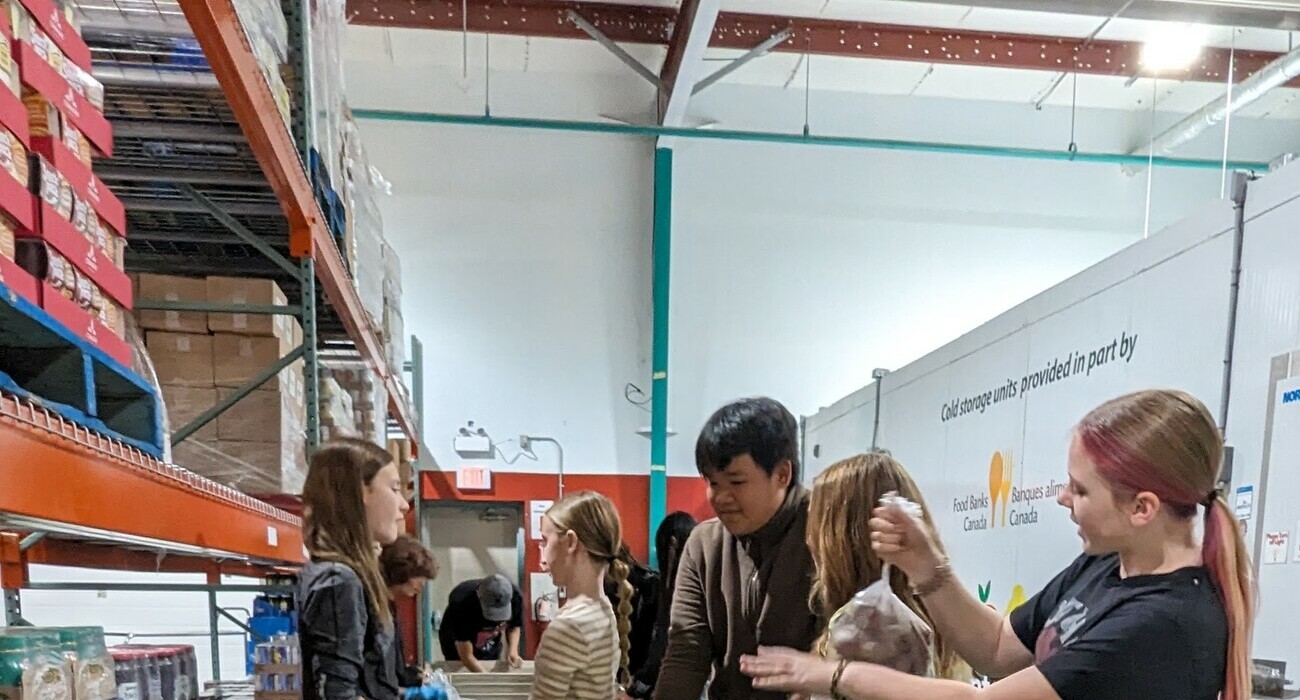
About 8,100 students return to Palliser classrooms Tuesday
For some families, the back-to-school season is a breeze as students look forward to reuniting with their friends and teachers.
For children feeling a bit more anxious about heading back to class, easing back into school is more of a process.
Palliser Regional Schools Director of Learning Shane Cranston says establishing before- and after-school routines are especially important in reducing students’ anxiety as the first day of school nears. In Palliser, about 8,100 students from Lethbridge County, Vulcan County and the City of Calgary return to school Tuesday, Sept. 6.
Cranston, a father of three, says even in his own children he sees a range of reactions to returning to school.
While his one child independently organizes her back-to-school supplies and clothes, another needs more encouragement, starting with talking up the elements of school he most enjoys.
“We have to be more proactive,” he says. “We talk about how great it will be to be back with his friends, all the clubs and activities he might be part of.”
In addition to talking up school, Cranston says parents and guardians can ease into a sleep and breakfast schedule that will give children stress-free mornings. Setting out clothes and planning breakfast and lunch the night before can make mornings more manageable.
Cranston, a Palliser teacher for 16 years and Vulcan-and-area principal for 11 years, says it’s also important to plan and talk about an after-school routine. Is the student expected to walk home from school? Is he/she comfortable doing that? Can the route be practised? Is the student to wait at school to be picked up? Is there a school bus involved?
Cranston says if there’s isn’t a plan in place, the student may spend the afternoon in class worrying about the end of the day, rather than focusing on classroom activities.
Those important routines include establishing plans for managing homework, going through the backpack to share important information from school and talking about the day. Instead of asking “What did you learn in school today?” and getting the standard answer of “Nothing,” parents might ask more specific questions. Examples include “What did you do in gym today?” “Did you ask any questions in class today?” “What book did your teacher read aloud or did you read today?”
For some hesitant talkers, the questions might start with a part of the day they really loved (Who did you play with at recess?) before transitioning into the classroom activities.
A relationship with the teacher is also critical. Talk to the teacher about how best to keep in touch to find out what the class is doing. Whether through the website, email or phone, teachers generally welcome the opportunity to keep parents involved in the learning process because talking about what they’re learning can help children solidify their understanding of a topic.
Take advantage of meet-the-teacher nights, parent-teacher interviews and other activities to build that partnership between home and school, says Cranston, whose director role will see him oversee Palliser’s inclusive education efforts, family-school liaison counsellors and academic wrap-around team.
He also emphasizes the importance of reading at home, one-on-one between parent and child, or even a child reading aloud to a sibling or a pet. Building reading time into the bedtime routine also carves out special time for this family activity.
Getting ready for school is a shared responsibility, and Cranston says even the youngest students can do their part by setting up their homework space, sorting or labelling supplies, making lunch or picking out their clothes.
“This will give them a sense of control and reduce anxiety,” he says.

